Did you know that over 70% of amateur pool matches are lost due to poor cue ball control and missed fundamentals— not flashy trick shots? Whether you're a casual player or aiming for the competitive spotlight, understanding tactical secrets will flip the odds in your favor overnight. Discover how simple adjustments in pool game tactics can elevate your performance from average to intimidating in just one session.
This guide reveals how the right strategy and mind-set can dramatically improve your pool game . Explore expert-backed approaches, pro techniques, and real-game applications that empower you to handle every table with confidence, accuracy, and control.

Unlocking Pool Game Tactics: Surprising Statistics Every Player Should Know
When you learn to master pool game tactics , you tap into one of the most reliable ways to improve your pool game . According to industry statistics, skilled use of cue ball control and strategic positioning correlates with winning more than 60% of close matches. These figures emphasize why every pool player, from beginner to pro, should pay attention to tactical development rather than relying solely on shot-making flair.
Most pool players overlook the true impact of fundamental elements such as body alignment , aiming line strategies, and constant speed control. Not only do these skills create a foundation for advanced play, but they also help manage the table efficiently, increasing your chances to outmaneuver any opponent. By focusing on honing these fundamental pool tactics, players report faster measurable improvements and greater consistency across varied table environments.
If you want to dominate your next game, start thinking beyond simple ball pocketing— embrace the statistics that show decision-making and tactical awareness are what truly separate the winners from the rest. Understanding the odds transforms every shot from guesswork into a calculated step toward victory.
Understanding the Odds: Why Pool Game Tactics Matter for Every Pool Player
Pool game tactics aren't just a list of dos and don'ts—they're the backbone of championship play. When you leverage proper cue ball control and strategic shot selection, you immediately shift the odds in your favor. The best players know that every ball hit can either make or break the game, especially when using the right combination of spin, speed control, and positioning.
By studying how pros and experienced players read the pool table , break down their shots, and adapt tactics mid-game, beginners and seasoned players alike can avoid common mistakes. Quick wins often come from mastering defense and offense, maintaining strong ball control , and understanding how table layout affects your approach.
In summary, treating pool game tactics as essential—rather than optional—puts you miles ahead. Whether you're stepping up as a beginner pool player or pushing to compete at higher levels, these smart choices steadily compound into decisive wins.
Master the Basics: Essential Pool Game Tactics That Transform Your Pool Game
No player becomes elite overnight—building solid pool game tactics begins with perfecting the basics . Skills like your stance and body alignment, how you hold and guide the cue, and your familiarity with the pool table set the stage for everything that follows. Skipping these fundamentals will hold back even the most talented shotmaker.
Mastering the basics means establishing a consistent pre-shot routine, maintaining laser-focused attention, and using correct positioning. When you step up to the table, your front foot and body alignment ensure the path to the target ball is clear—giving you a direct, repeatable route to success every time. Remember, great play isn’t about flashy shots, but about minimizing errors and steadily developing control.
Experienced players regularly drill these foundational skills to reinforce habit. Investing time in understanding each aspect of pool will not only improve your pool skills but will pay dividends in confidence and match-winning performance.
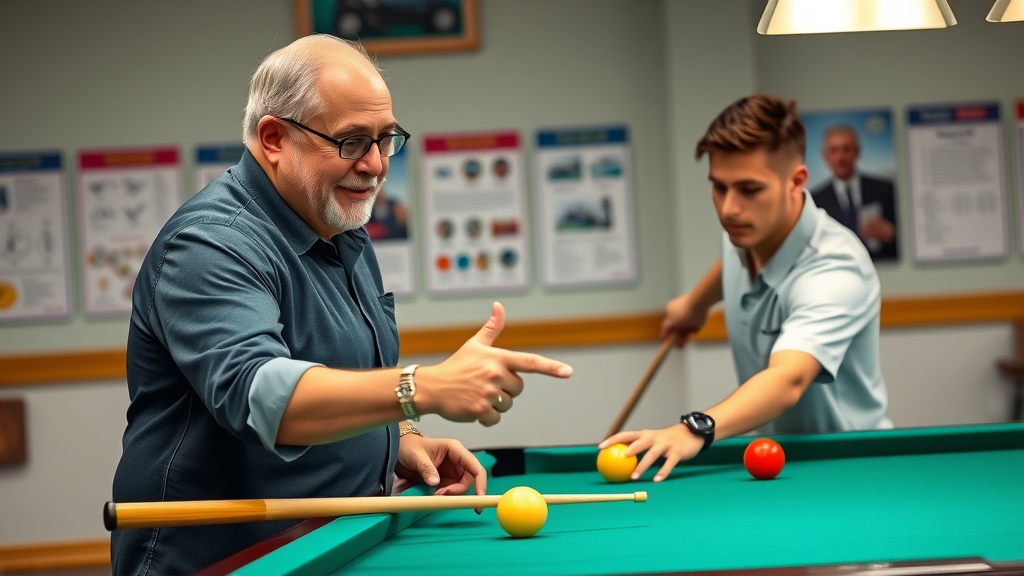
Proper Stance and Body Alignment: Foundation of Effective Pool Game Tactics
Everything in pool starts with the way you stand. A balanced, comfortable stance and flawless body alignment are the keys to powerful, accurate shots. Place your front foot forward, supporting your weight and lining your sight directly with the aiming line toward the object ball. Hold the pool cue relaxed but firm, ensuring your hand on the table offers precision without tension.
Effective tactics also involve synchronizing your stance and body as one unit, so every ball hit delivers energy in a straight, controlled line. This prevents accidental side-spin or mis-hits, both of which can throw your game off. Consistency in your stance also makes it easier to adapt to awkward positions or tight spaces on any pool table, which sets elite players apart.
For beginners, practicing your stance in front of a mirror or with guidance from a pool coach can dramatically improve your pool technique and ensure your body alignment forms the backbone of every successful shot.
Pool Table Familiarity: Strategic Ball Placement and Table Control
Winning at pool isn’t only about potting balls—knowing your pool table is just as important. Familiarity with the table’s speed, pocket sizes, and the roll of the felt allows you to plan shots with confidence. By practicing with different layouts, players learn to control the cue ball better and gain a “big picture” perspective for smarter ball placement.
This tactical awareness encourages you to think multiple shots ahead. Strong table control allows you to target the easiest paths for the next ball while keeping your opponent in tough positions. A well-played safety shot or strategic defensive play often swings games more than a risky offensive attempt.
Ultimately, understanding ball positioning under any scenario will set you up for continued success. Don’t just memorize shots—learn to read the table and outsmart the competition by applying sound pool game tactics every frame.
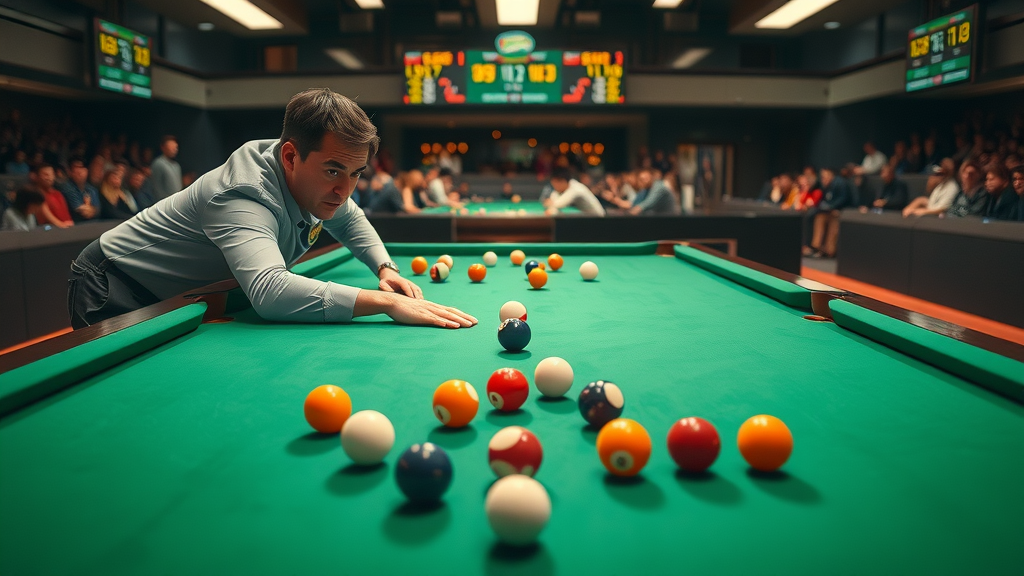
Cue Ball Control: The Heart of Advanced Pool Game Tactics
Ask any professional: cue ball control is the thread that holds all pool game tactics together. Every expert move at the table—whether it’s a powerful break or a delicate safety—relies on knowing where the cue ball will end up after every shot. This knowledge enables you to orchestrate the action, controlling pace, position, and ultimately, the outcome of the game.
Outstanding pool players dedicate a big chunk of their practice to mastering how the cue ball reacts when struck at different angles and speeds. Whether you’re attempting a draw, follow, stun, or side-spin shot, your goal is always to predict and dictate the cue ball’s path. This level of control puts you in command, able to run racks or shut down tricky layouts with confidence.
Precision here is vital. Poor cue ball control can result in difficult shot lines, missed opportunities, and easy chances for your opponent. Focus on practicing not just shot accuracy, but cue ball speed control, spin, and positional play until they become second nature.
Techniques for Precision Cue Ball Control in Pool
The secret to precision cue ball control lies in understanding how the physics of a ball hit translates into positional advantage. Advanced players use a combination of grip, bridge stability, cue angle, and smooth follow-through to control where the cue ball and object ball travel. Practicing with targeted drills—like “stop shots,” “draws,” and “follow shots”—quickly helps identify how subtle changes affect ball motion.
Gripping the cue lightly, with your hand balanced on the table, avoids tension that can throw shots off-line. Focus on hitting the cue ball in the center for direct stops or slightly above and below center for follow and draw. Each shot offers an opportunity to predict and assess the resulting position, steadily refining your skill and confidence.
By integrating precision drills into your regular routine, you will develop an acute feel for how to improve your pool game and react instinctively to every situation, even under match pressure.
Speed Control and Spin: Enhancing Ball Control for Dominance
If cue ball control is the “what” in advanced pool game tactics , then speed control and spin are the “how.” Mastery of these elements allows you to play both offense and defense on your terms. By varying stroke power and adding topspin or backspin, you fine-tune the cue ball trajectory and speed, opening up the table or locking up the opponent.
Improper speed control can result in missed positions or worse—scratching the cue ball. To avoid these errors, train with drills that force you to land the cue ball within small target zones under various speeds. Incorporating intentional spin, or “english,” adds another layer of precision, letting you rebound off cushions or navigate congested clusters with greater flexibility.
Practical drills using speed ladders or breaking down table sections will not only boost your ball control but also prepare you for pressure-packed games, where subtle differences define winning moments.
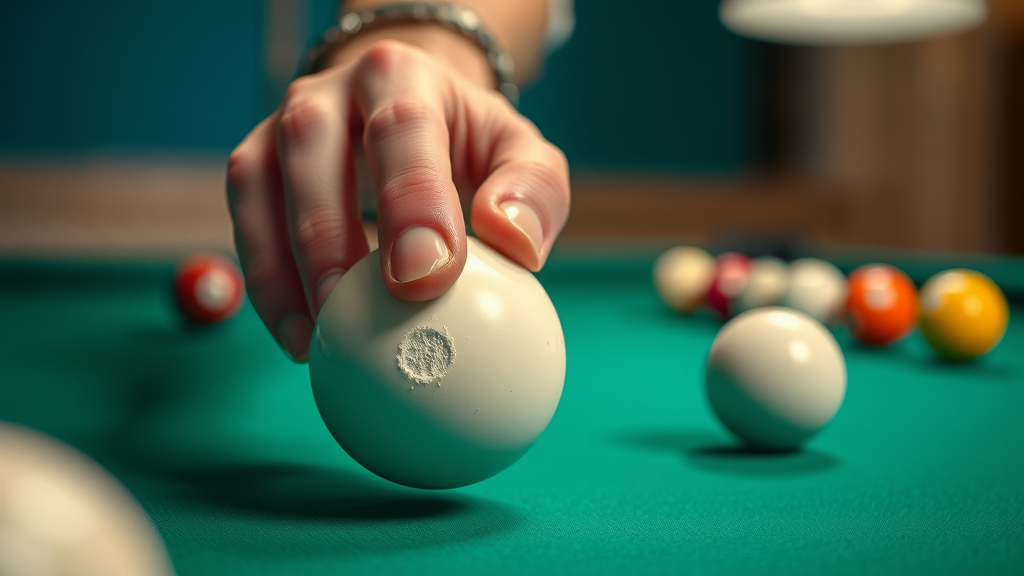
Mastering the Pool Cue: Essential Tactics For Every Pool Player
Every legendary pool player will tell you—the way you select and handle your pool cue drastically shapes your tactical ability on the table. From choosing the right weight and tip for your style to developing consistent execution habits, this cornerstone of pool game tactics cannot be ignored.
Well-matched pool cues help deliver smooth, repeatable strokes, while proper hand positioning and bridge technique keep shots steady and accurate. Small changes in grip pressure, bridge tightness, and cue elevation can mean the difference between flawless runs and frustrating misses. Make the effort to test and select equipment that suits your comfort and playing ambitions.
Once you own your tool, focus on holding the cue in a relaxed yet controlled fashion. Too much tension can cause jerky movement; too little may result in wobble or loss of accuracy. Elite players cultivate a style that’s both instinctive and controlled, underpinned by countless hours working with their cue of choice.
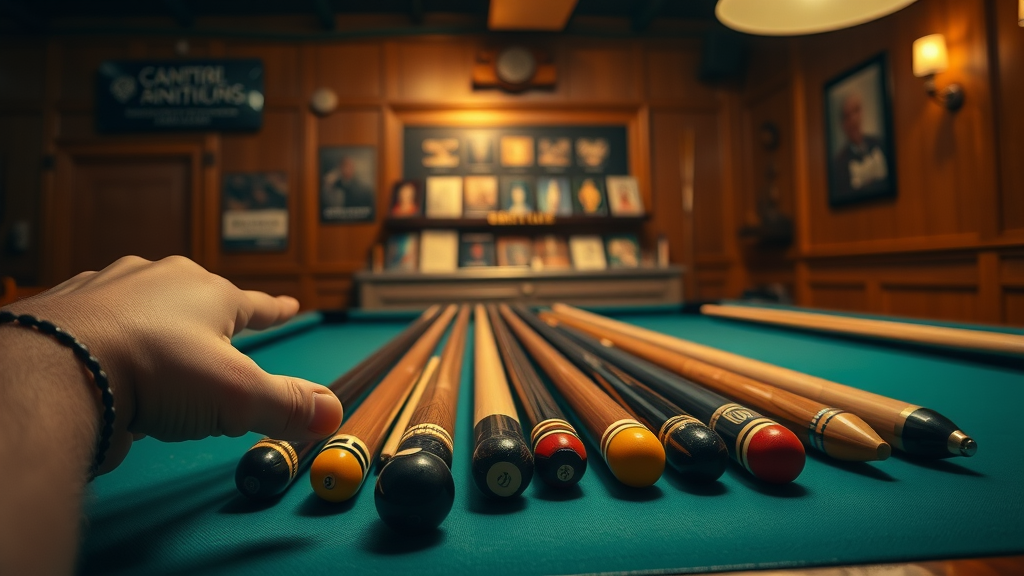
Choosing and Using the Right Pool Cue for Superior Pool Game Tactics
Investing in a quality pool cue is the first winning move for any player looking to gain an edge through advanced pool game tactics . The right cue feels like an extension of your arm—balanced, of appropriate weight, and with a tip suited to your playstyle. Test multiple pool cues to find the grip, shaft diameter, and overall length that best supports both power and accuracy.
Remember, the right equipment won’t replace practice, but it does enhance your ability to perform at your best. Don’t ignore maintenance! Regularly chalk your cue tip, inspect for warping or damage, and ensure your tip holds chalk well for precise spin and control. Combining these habits with sound tactical principles ensures you’ll always play pool at a higher level.
Soon you'll see marked improvements in your consistency, confidence, and ability to adapt to new challenges at any pool table.
Open Bridge vs. Closed Bridge: When and How to Use Each for Better Ball Control
The open bridge and closed bridge are two essential techniques for stabilizing the pool cue during shots. Each serves distinct purposes: the open bridge is commonly used for most routine shots, offering flexibility and a clear line of sight, while the closed bridge provides extra control and stability for high-powered or tricky spin shots.
Using an open bridge keeps your hand flat on the table, fingers spread for support, and allows sensitive adjustments to shot power and angle. It’s especially effective for beginner pool players learning to control cue ball direction without excessive side-spin. In contrast, the closed bridge creates a loop with your index finger around the cue, locking it in place—ideal for break shots and situations demanding precise tracking.
Mastering both bridge styles and recognizing which to use for a given table situation can vastly improve your pool skills and enhance your overall tactical repertoire.
Rail Bridge Techniques: Navigating Difficult Shots
Difficult positions near the rail demand special handling—and a reliable rail bridge technique is simply essential. The rail bridge supports the cue on the table edge, where standard hand bridges can't fit. To form a proper rail bridge, anchor your knuckles and finger tips on the rail, raise your hand to the ideal height, and level the cue so its path stays true.
Good rail bridge form prevents cue wobble and inconsistent ball hits, two notorious culprits behind missed opportunities. It’s also critical for situations where you’re forced to stretch or shoot at awkward angles. Many experienced pool players practice rail bridges regularly, treating them as vital fundamentals for both defense and offense.
By mastering these specialty techniques, you’ll never be caught off guard when tricky shots arise—further solidifying your reputation for strong pool game tactics.
Aiming Line Strategies: Elevate Your Accuracy with Pool Game Tactics
Sharpshooters know that aiming is an art— and science . Employing the right aiming line strategy is one of the quickest ways to improve your pool game accuracy. This tactic involves visualizing the imaginary aiming line between the cue ball and the object ball, ensuring every hit achieves maximum effect.
Developing consistency means understanding both natural shot geometry and systems like the ghost ball or fractional aiming. Even in high-stakes play, pros rely on aiming routines to steady their nerves and guarantee correct alignment. By measuring shot angles, tracking lines, and repeatedly drilling these systems, players see immediate jumps in their pocketing percentages.
With repetition, these instincts become automatic, creating a clear edge over rivals who “just shoot.” Make aiming line strategies a core part of your regular practice and see your pool skill—and confidence—soar.
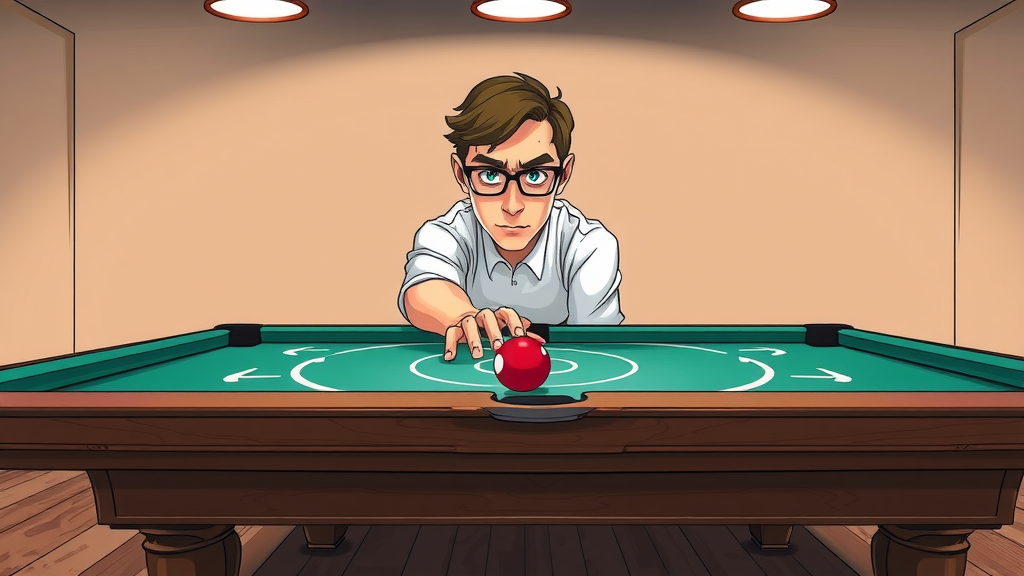
Popular Aiming Systems: Techniques to Instantly Improve Your Pool
Among the aiming techniques favored by pros, the ghost ball and imaginary aiming line methods are the most accessible and reliable. The ghost ball system involves visualizing where the cue ball must “ghost” (touch) the object ball to direct it toward the pocket. The player then aligns and delivers the shot in a straight trajectory along that line.
Fractional aiming breaks the contact down even further, dividing the object ball into pie slices to determine the precise spot to strike. Other players use diamond or parallel lines tracked visually along the table’s markings to guide every shot. Consistent practice with these systems quickly eliminates guesswork, making your ball hits repeatable and accurate even under pressure.
Incorporate these techniques into everyday play, and you’ll notice an improvement in both simple and complex shot execution and a boost to your overall pool game tactics toolbox.
Advanced Pool Game Tactics: Outsmarting Opponents at the Pool Table
The best players don't just master shots—they outthink and outplay their opponents with advanced pool game tactics . Employing strategic defense, reading opponent tendencies, and controlling the tempo of the game can give you a decisive edge in high-stakes matches. These tactics are where good players become great ones.
Observation is key. Watch how opponents approach each shot, identify their strengths and weaknesses, and plan multiple moves ahead. Use offensive plays to clear the table and smart safeties to force errors when under pressure. Sometimes, denying your opposition a shot is even more valuable than sinking a difficult ball.
Being flexible, unpredictable, and aware of each phase of the match will not only keep your rival guessing but also ensure you’re in position to pounce when victory is within reach.
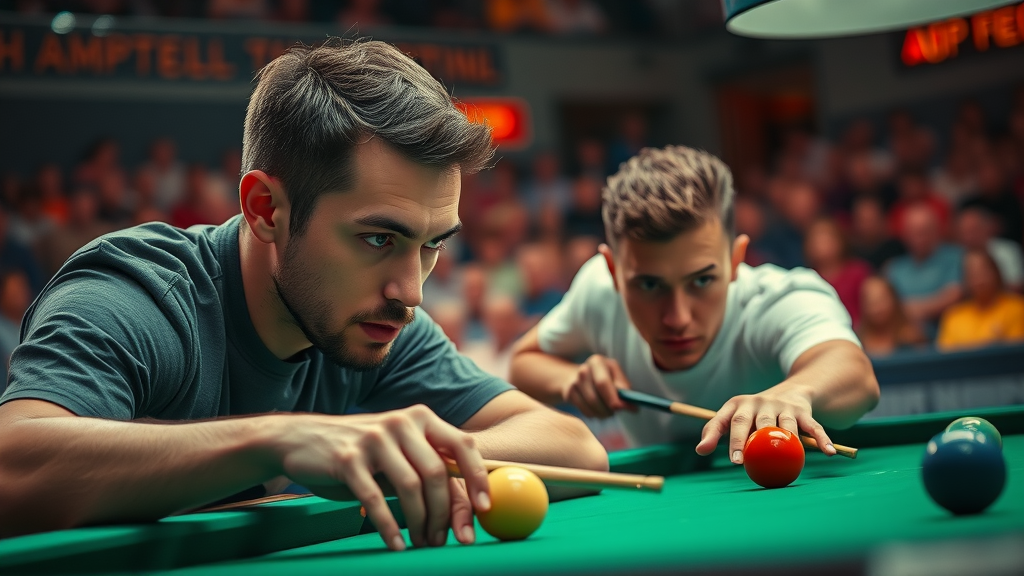
Defensive Pool Game Tactics: Smart Safety Plays
Defensive, or safety, shots are a tactical backbone for tight matches. These shots focus less on potting and more on leaving your opponent in difficult positions, stealing control of the table. By using smart cue ball placement and blocking lines of sight to the next target ball, you force risky decisions or easy mistakes.
A mature player recognizes when aggression won’t pay off and shifts to defense, rolling the cue ball behind blockers or sending it to zones that force awkward bridge setups. Over time, using smart safeties becomes a natural way to frustrate and destabilize even the most confident opponents.
Make safety play a habit—practice deliberate defensive shots as much as your offense. This dual threat improves your pool game by broadening your strategic options under pressure.
Offensive Strategies: Pattern Play For Consistency
Offensive pool game tactics are all about planning smart patterns—deciding not just how to sink balls but also which sequence provides the highest chance of running the table. Pattern play involves visualizing your next three or four ball hits and plotting an unbroken route, avoiding traffic and tricky angles.
Being methodical, rather than impulsive, pays off. The best players create an internal checklist: Which balls are easiest? Which clear a path for the rest? Is there a risk of the cue ball getting blocked? Stick to a strategy that prioritizes easy, high-probability shots first, saving complex ones for later if possible.
Consistency and high percentages win games—not lucky, low-margin attempts. Focus on making every ball count and your overall performance will jump to the next level.
Strategic Shot Selection: How to Play Pool for the Win
Champion pool players know that not every shot should be taken. Strategic shot selection involves weighing risk, table layout, your strengths, opponent weaknesses, and match situation before firing at the next ball. Sometimes, the best move is to play safe, break up a cluster, or even take a foul to limit your opponent’s options.
By staying disciplined and evaluating each position, you become difficult to beat—making your game as much about chess-like planning as mechanical skill. Study winning matches, replay your own games, and ask what you could have done differently to optimize decision-making.
This big-picture focus not only helps you win more but transforms your approach into one defined by tactical brilliance and unwavering composure.
Lists of Pool Game Tactics: Quick Wins to Improve Your Pool Game
-
Master the break shot
-
Perfect cue ball speed control
-
Use the open bridge for stability
-
Maintain proper body alignment
-
Control the pace of play
-
Employ strategic defensive shots
-
Develop consistent aiming routines
-
Adapt your strategy against different opponents
-
Practice spin and english regularly
-
Keep mental composure at the table
Case Study Table: Pool Game Tactics Applied in Competitive Play
|
Tactic |
Application |
Outcome |
|---|---|---|
|
Cue Ball Control |
Tournament break |
Wins position for next shot |
|
Defensive Safety |
Safety play in semifinals |
Opponent forced error |
|
Open Bridge |
Long straight shots |
Increased accuracy |
|
Aiming Line |
Bank shots |
Improved shot success |
Expert Quotes on Pool Game Tactics and Improvement
"The true secret to mastering pool game tactics lies in controlling the cue ball and reading the table patterns." – World Champion Pool Player
People Also Ask: Most Common Pool Game Tactics Questions
What is the trick to playing pool?
Mastering pool comes down to sticking with fundamentals—like cue ball control , proper stance, and consistent aiming routines. Develop good shot selection and follow through with a balanced stance, always thinking about the next shot after your current one. Consistent practice and understanding table patterns will elevate your game beyond luck or guesswork.
Consistent Practice, Accurate Cue Ball Control, and Strategic Shot Choices Form the Foundation of Winning Pool Game Tactics.
Top players blend regular focused practice with tactical awareness—maintaining strong cue ball control , making strategic choices, and building routines for shot alignment and execution. This disciplined approach gives you greater control, more options, and the ability to adapt to every match situation with professionalism and poise.
What is the best aiming technique in pool?
Many professionals recommend the ghost ball aiming system —imagining where the cue ball must contact the object ball to send it to the pocket. Pair this with a strong aiming line for maximum consistency. Practicing these methods helps eliminate guesswork and ensures you deliver each shot with calculated accuracy.
Pros Rely on the Ghost Ball and Aiming Line Systems to Sharpen Their Pool Game Tactics.
Ghost ball and aiming line techniques train your eyes and body to work together, making complex shots feel routine. Learning these professional aiming methods delivers immediate improvements in shot success and encourages disciplined tactical thinking.
How to play pool strategically?
To play pool strategically, blend offense and defense, always thinking several shots ahead. Use safety shots or break up clusters when necessary, maintaining cue ball control to create favorable layouts. Adapt your style based on each opponent and the specific match situation, constantly optimizing your choices.
Effective Pool Game Tactics Combine Offense, Defense, and Cue Ball Control for Dominant Play.
A winning strategy includes smart offense, reliable defensive plays, and disciplined cue ball management. Combining these approaches ensures you remain in control, consistently set up easy shots, and capitalize on every opportunity.
How do you win pool easily?
Winning at pool is a culmination of sharp tactics, technical skills, and mental strength. Focus on mastering cue ball control, maintaining composure under pressure, selecting shots wisely, and never underestimating the value of defensive play. Remember, sometimes the simplest solution is the most effective one.
Winning Pool Requires Applying Every Pool Game Tactic: From Ball Control to Luck Management.
Top players win consistently by mastering every aspect of the game—from tactical ball control and aiming accuracy to quick thinking and psychological resilience. Sometimes, a little luck helps, but preparation and sound tactics make it more likely to go your way.
FAQs: Pool Game Tactics and Skill Improvement
-
How quickly can I improve my pool game skills? With focused daily practice on fundamentals and tactics, most players see noticeable improvement within a few weeks. Consistency and deliberate drilling of weak areas yield the fastest results.
-
What are the top three pool game tactics for beginners? Focus on cue ball control, proper stance and body alignment, and establishing a reliable aiming routine. These basics form the foundation for all other tactics and advanced techniques.
-
How important is equipment choice for pool game tactics? The right pool cue, tip, and accessories greatly enhance comfort, confidence, and shot consistency, making it easier to focus on strategic play and develop advanced pool skills.
-
How can pool game tactics help beat experienced players? Applying clever defensive shots, adapting your strategies, and solving tactical problems under pressure can give you an edge—even against seasoned opponents who rely primarily on raw shot-making skill.
What You'll Gain From Applying Pool Game Tactics
-
Sharper strategic insights into game play
-
Greater accuracy and control on every shot
-
A competitive edge over less prepared opponents
Final Thoughts: Transform Your Approach With Winning Pool Game Tactics
Start practicing these pool game tactics today to outplay, outthink, and outmaneuver your competition—your next victory is only a smart decision away.
 Add Row
Add Row  Add
Add 
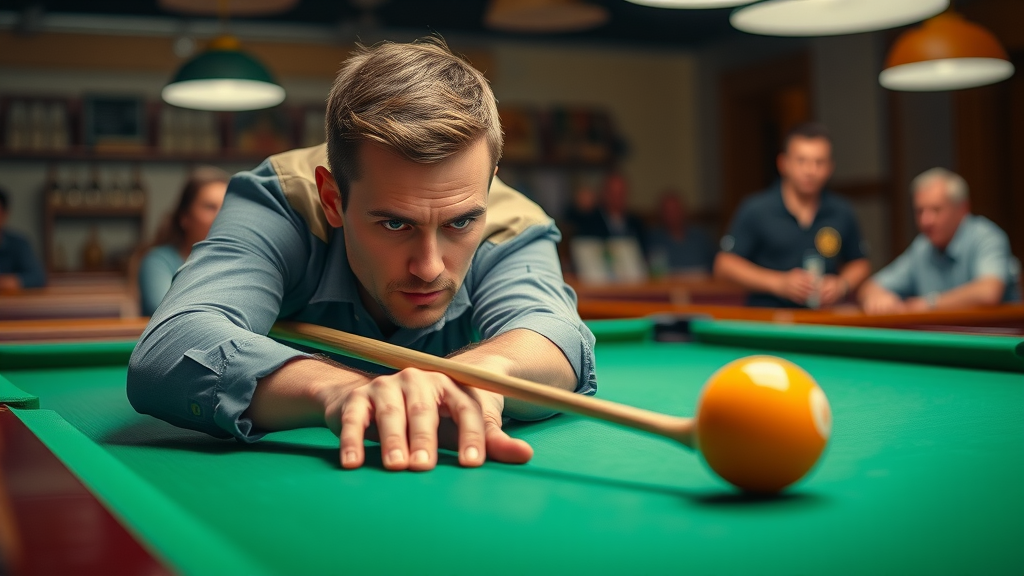

Write A Comment